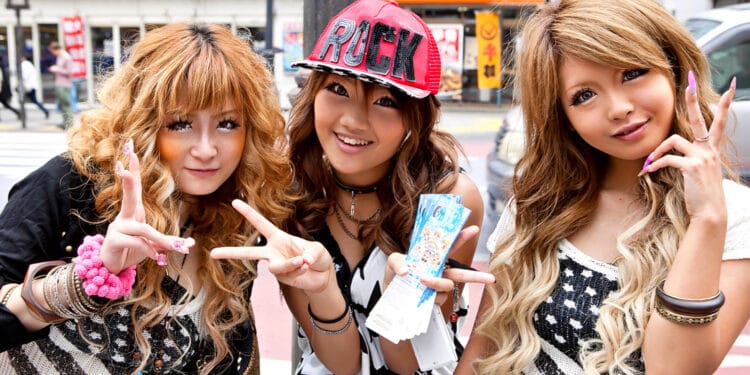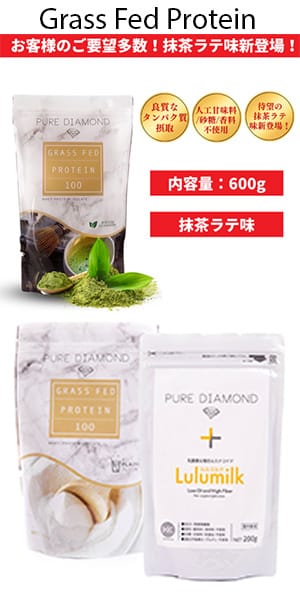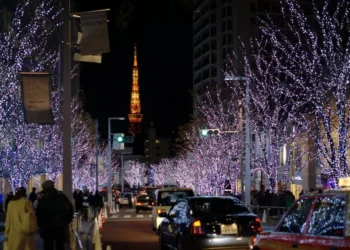No products in the cart.
The Evolution of Gyaru Culture: From the 90s to Today
Gyaru culture, a bold and rebellious fashion movement, took over Japan in the 1990s and early 2000s. It defied traditional beauty standards with tanned skin, heavy makeup, and flashy outfits. Over time, the gyaru style evolved, reflecting changes in fashion trends and social attitudes. This blog explores how gyaru culture transformed from its peak to its modern variations and how it continues to leave an impact.
The Birth of Gyaru Culture in the 90s
Gyaru emerged as a counterculture movement in the early 90s. Young women rejected Japan’s rigid beauty norms, choosing bold looks inspired by Western fashion and celebrity culture. They tanned their skin, bleached their hair, and wore platform shoes, creating a striking contrast with the traditional pale-skinned, black-haired ideal.
One of the earliest and most influential gyaru groups was kogal (kogyaru), which consisted of high school girls wearing short skirts, loose socks, and dyed hair. This trend exploded in popularity, especially in areas like Shibuya and Harajuku, where gyaru subcultures thrived. Magazines such as egg and Popteen showcased these trends, making gyaru a nationwide phenomenon.

Gyaru Fashion and Substyles of the Early 2000s
The early 2000s saw gyaru culture expand into multiple substyles. Some of the most popular variations included:
- Ganguro: Featured deep tans, white makeup accents, colorful hair, and neon clothing.
- Yamanba/Manba: Took ganguro to an extreme with ultra-dark tans, bright eye makeup, and exaggerated accessories.
- Onee Gyaru: A more refined and mature version with elegant dresses and subtle makeup.
- Hime Gyaru: Focused on princess-like aesthetics, featuring lace, pastel colors, and voluminous curls.
These styles dominated Tokyo’s youth scene, influencing street fashion and pop culture. Many gyaru formed groups known as gyaru circles, where they socialized, partied, and reinforced their unique identity.

The Decline of Gyaru in the Late 2000s
By the late 2000s, gyaru culture started losing its mainstream appeal. Several factors contributed to its decline:
- The rise of natural beauty trends, shifting interest away from heavy makeup and artificial tanning.
- The closure of popular gyaru magazines like egg and Ranzuki, which were essential in promoting gyaru fashion.
- The influence of Korean beauty trends, which encouraged lighter makeup and a softer appearance.
- Economic factors that made maintaining gyaru fashion more expensive and less accessible.
As a result, many former gyaru transitioned to more subtle styles, including gyaru-kei, a toned-down version of the original aesthetic.
The New Era of Gyaru: 2010s to Today
Although traditional gyaru styles faded from the mainstream, the culture never completely disappeared. Instead, it evolved to fit modern beauty and fashion standards. Today, gyaru fashion takes a more casual and wearable approach, incorporating elements of the original style without extreme features.
Key Differences Between the 90s/Early 2000s and Modern Gyaru
| Feature | 90s/Early 2000s Gyaru | Modern Gyaru |
|---|---|---|
| Skin Tone | Deep tan (ganguro/manba) | Natural or light tan |
| Makeup | Thick eyeliner, white highlights, heavy blush | Soft, blended makeup with emphasis on eye shape |
| Hair Color | Bleached blonde, neon shades | Subtle highlights, brown tones |
| Fashion | Extreme, flashy, oversized accessories | Chic, stylish, slightly edgy but elegant |
| Popular Areas | Shibuya, Harajuku | Online communities, Instagram, TikTok |
While modern gyaru still embrace bold fashion, they adapt their look to current trends. Social media platforms like TikTok and Instagram have replaced traditional magazines as the main source of influence.
The Influence of Gyaru Culture Today
Despite its decline, gyaru culture still impacts Japanese fashion and global trends. Many J-pop idols and influencers incorporate gyaru elements in their looks. Brands that once catered to gyaru, such as MA*RS and Liz Lisa, continue to thrive by blending nostalgic gyaru styles with contemporary fashion.
Additionally, there has been a resurgence of interest in 90s and 2000s aesthetics, leading some young people to revisit and modernize gyaru fashion. Influencers on platforms like YouTube document their gyaru transformations, bringing new life to the subculture.
How to Experience Gyaru Culture Today
If you want to explore modern gyaru culture, consider these activities:
- Follow gyaru influencers: Many creators on Instagram and TikTok showcase modern gyaru fashion and beauty.
- Visit Shibuya 109: This shopping mall remains a hub for trendy youth fashion, including brands with gyaru influence.
- Join online communities: Gyaru enthusiasts worldwide connect through social media and forums to keep the culture alive.
- Experiment with gyaru makeup: Try classic gyaru eye makeup techniques and adapt them to modern beauty trends.
Conclusion
Gyaru culture evolved significantly from its rebellious origins in the 90s to a more refined, adaptable style today. While the extreme trends of the early 2000s may no longer dominate Japan’s streets, the influence of gyaru fashion remains visible. Through modern social media and fashion, the gyaru spirit continues to inspire new generations. Whether you love the bold looks of the past or the refined aesthetics of today, gyaru culture remains a fascinating part of Japanese fashion history.










